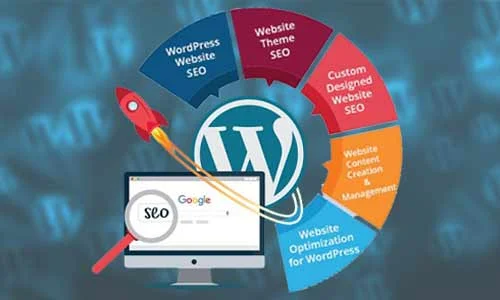In today’s digital landscape, where smartphones have become an indispensable part of our lives, mobile app development has taken center stage. From simplifying daily tasks to revolutionizing industries, mobile apps have transformed the way we interact with technology. If you’re considering stepping into the world of mobile app development, this comprehensive guide will equip you with the knowledge and insights you need to embark on a successful journey.
**1. ** Understanding the Mobile App Landscape
Before diving into development, it’s essential to understand the mobile app landscape. Mobile apps can be categorized into three main types:
- Native Apps: These are developed for a specific platform (iOS, Android, etc.) using platform-specific programming languages (Swift for iOS, Kotlin for Android). They offer the best performance and access to device features, but require separate development for each platform.
- Web Apps: These are responsive websites that function like apps when accessed through a browser on a mobile device. They are cost-effective and have cross-platform compatibility but may not offer the same level of performance as native apps.
- Hybrid Apps: Combining elements of both native and web apps, hybrid apps are developed using web technologies (HTML, CSS, JavaScript) and then wrapped in a native container. They aim to provide a balance between performance and cross-platform compatibility.
**2. ** Defining Your App Idea and Objectives
Before you start coding, clearly define your app’s purpose, target audience, and goals. Research the market to identify gaps and opportunities, ensuring your app offers value and stands out among competitors. A well-defined concept will guide your development process and help you make informed decisions.
**3. ** Choosing the Right Development Approach
Selecting the right development approach is crucial. If you’re targeting a single platform, native development might be the best choice for optimal performance and access to device features. For cross-platform development, consider frameworks like React Native or Flutter. Hybrid development can be a viable option for simpler apps or those on a tight budget.
**4. ** Designing an Intuitive User Interface
A user-friendly interface is the cornerstone of a successful app. Focus on creating a design that is both aesthetically pleasing and easy to navigate. Prioritize simplicity and consistency, ensuring that users can accomplish tasks intuitively. Pay attention to elements such as color schemes, typography, and iconography that align with your app’s identity.
**5. ** Development and Testing
During the development phase, adhere to coding best practices and standards. Regularly test your app on various devices and platforms to identify and fix bugs, ensuring a seamless user experience. Implement analytics tools to gather insights on user behavior and app performance, enabling you to make data-driven improvements.
**6. ** Optimization and Performance
Optimize your app for speed and performance. Minimize loading times, compress images, and implement caching mechanisms where applicable. Additionally, consider factors like battery consumption and memory usage, as these can greatly impact user satisfaction.
**7. ** Security and Privacy
Prioritize the security of user data. Implement encryption protocols and follow best practices to safeguard sensitive information. Clearly communicate your privacy policy and obtain user consent for data collection if necessary, in compliance with regulations like GDPR or CCPA.
**8. ** Launching and Marketing Your App
Prepare a compelling app store listing with engaging visuals and a concise, informative description. Plan a strategic launch that includes a press release, social media promotion, and collaborations with influencers if relevant. Continuously gather user feedback and iterate on your app to enhance its features and address any issues.
**9. ** Post-Launch Maintenance
After launching your app, the journey doesn’t end. Regularly update your app to introduce new features, improvements, and bug fixes. Stay responsive to user feedback and adapt to evolving trends and technologies to ensure your app remains relevant and engaging.
In conclusion, mobile app development is a dynamic and rewarding endeavor that requires a combination of technical skills, creativity, and user-centric thinking. By understanding the landscape, defining your objectives, choosing the right development approach, and prioritizing design, performance, security, and marketing, you can set yourself up for success in the competitive world of mobile apps. So, embark on your journey with confidence, and let your innovative ideas shape the future of mobile technology.





